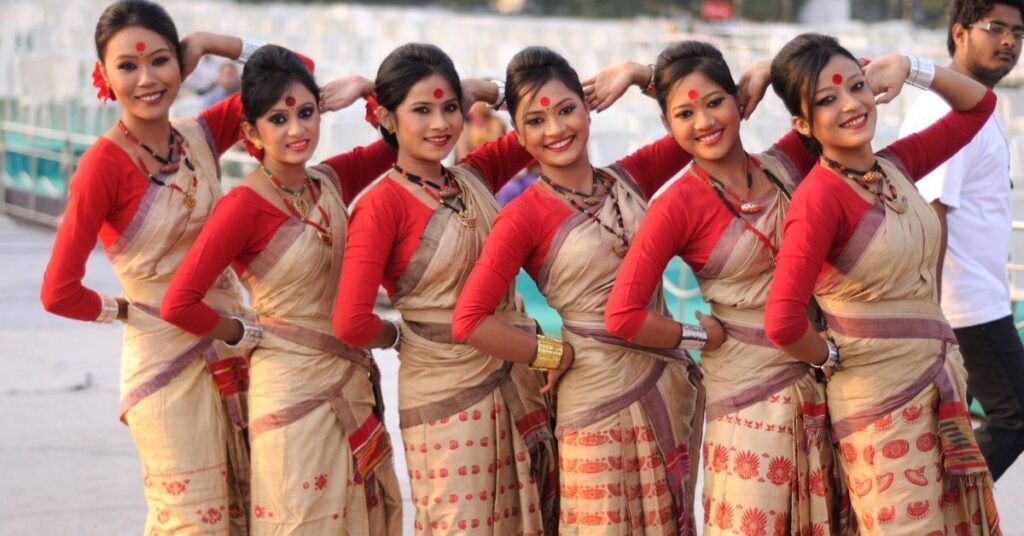
India sure is a country of diverse races and traditional practices; which is, perhaps, what makes this country so different and unique. To most of the outside world, we live in harmony with all our countrymen, but there are certain communities who don’t feel belonged in their own country due to their distinct beliefs and practices, and the kind of judgments passed by the rest of us. The most affected by this are the local communities of Northeast India. Therefore, we thought of putting out a list of communities from the Seven Sisters of Northeast that can help us understand their culture better and connecting With Northeast Local Communities
1. Bodo Tribe
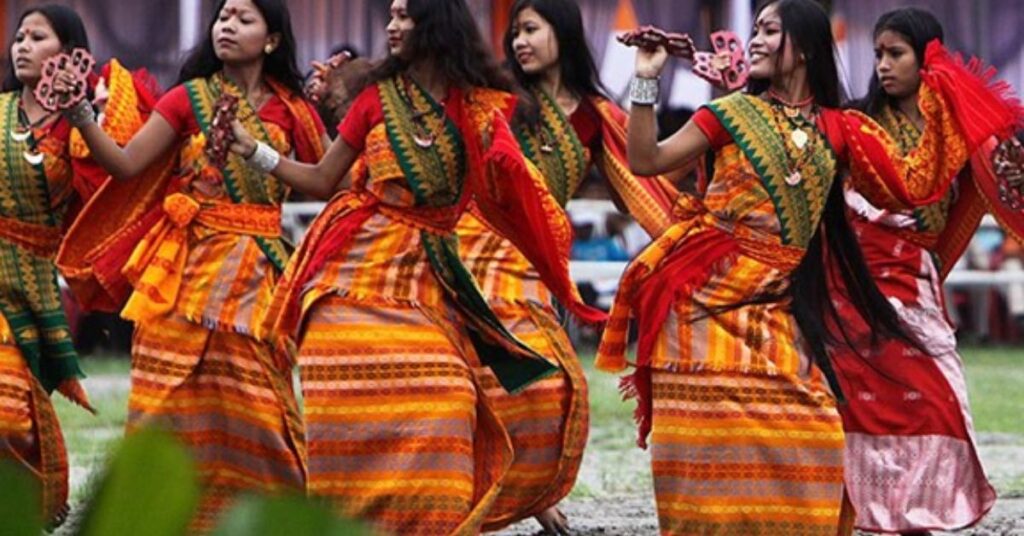
The Bodo tribe populates various regions of Assam and other parts of the country. People believe that the Bodo tribe introduced rice cultivation, poultry farming, silkworm rearing, and the world-renowned tea plantation in Assam. Similarly, The people of this tribe speak Tibeto-Burman languages and are known considered to be peace-loving. They have exquisite dresses – ‘Dokna’ which women design and also wear themselves. A rather unharming misconception about this tribe is that they are supremely superstitious who believe in rebirth. Apart from that, they have a rich culture and an attention-worthy history.
2. Kuki Tribe
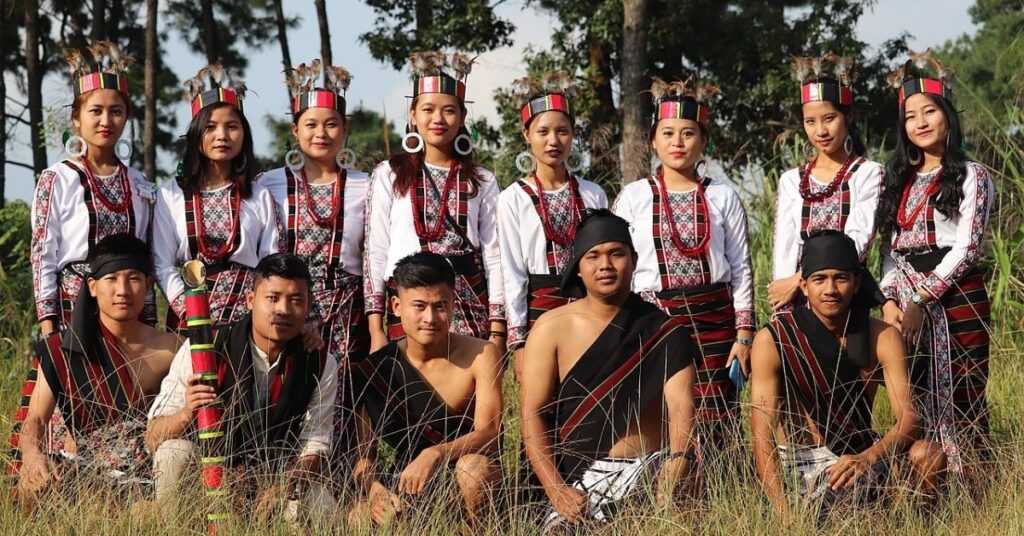
The Kuki tribe is native to Nagaland and Mizoram. This Northeastern region community can be easily identified by its stunning traditional attire that combines red, black, and white. The colors were traditionally obtained using vegetable dye and the designs were geometric. The Kuki lived in isolated bamboo forests, which made them masters of handicraft items with bamboos, which is an integral part of their culture to date.
3. Angami Tribe
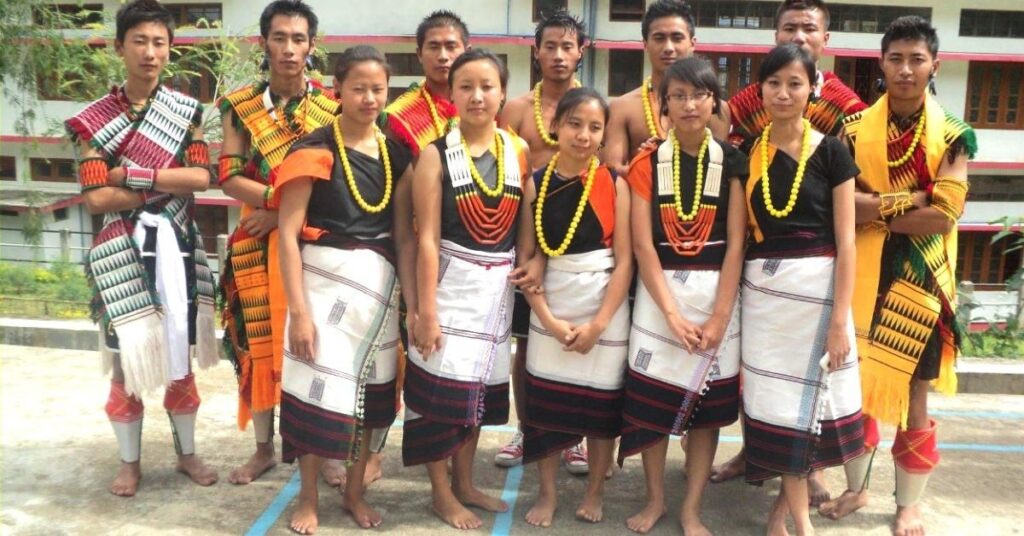
The Angami tribe is one of the major tribal communities of Nagaland. The community is also settled in some parts of Manipur. They majorly follow Christianity and speak a traditional language called Tenyidie. The traditional outfit of the tribe is mesmerizing and heavy on ornaments. Both men and women enjoy wearing accessories like beaded chains and necklaces, big pendants, bangles, and anklets. The community is popularly known for its impeccable woodcraft and artwork. Music is an integral part of the Angami culture. The groups play instruments such as drums and flutes during most of their festivals and happy occasions.
4. Bhutia Tribe
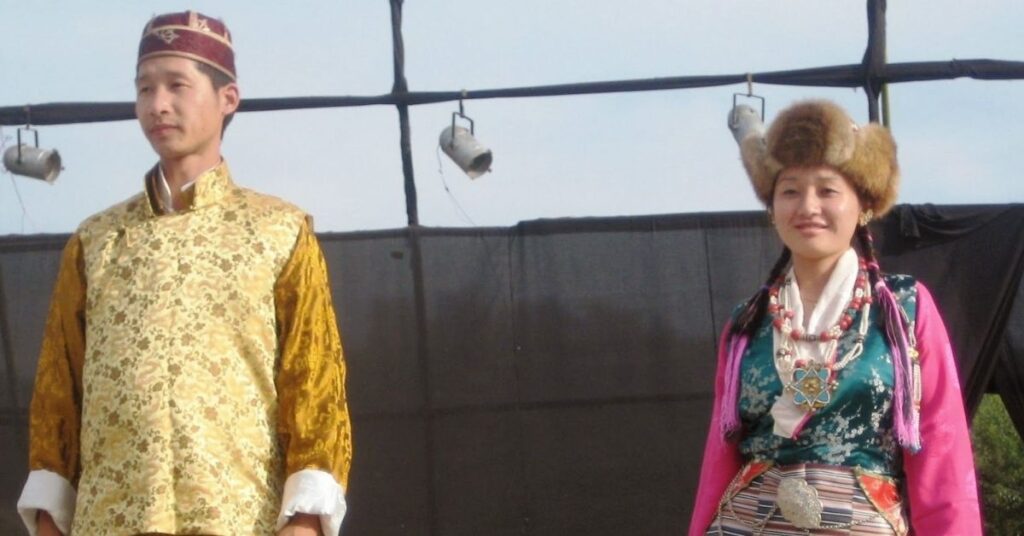
The Bhutia community is a prominent community of Sikkim that has migrated from Tibet. They are known as the most developed tribe in the region. They earn a livelihood through local businesses, government jobs, and agriculture. Apart from the jobs, what makes this tribe progressive is their legal framework known as the Dzumsa. In addition, the Bhutia tribe prepares the most famous momos in India.
5. Khasi Tribe
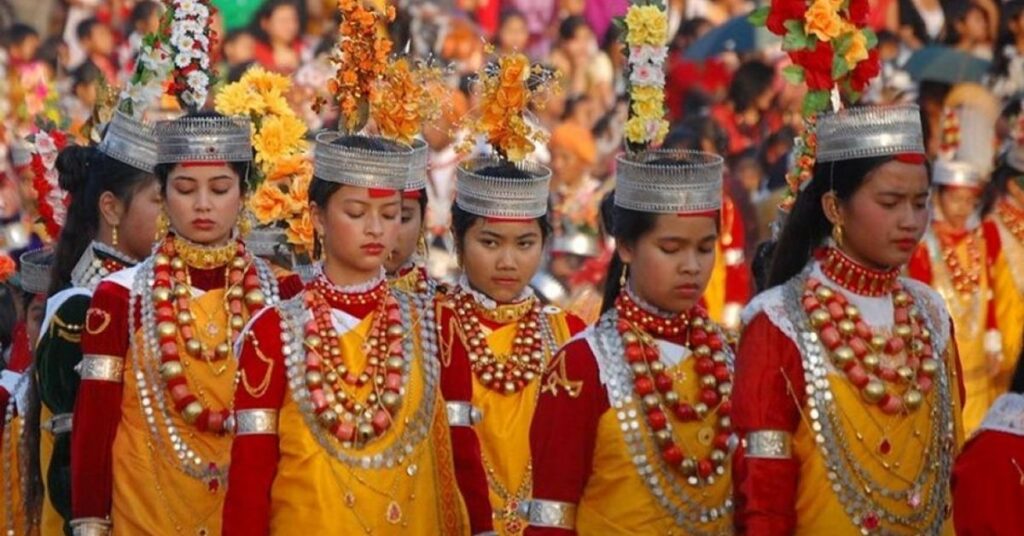
The Khasi tribe is one of the major tribal communities that occupy more than 50% of the total population of Meghalaya. The community follows a matriarchal society where the highest importance is of the women. Music is an essential element of the culture. One of the most popular forms of music in the Khasi tribe is the ‘Pahwar’ which is more of a chant and is impromptu to suit the occasion.
6.Jaintia Community
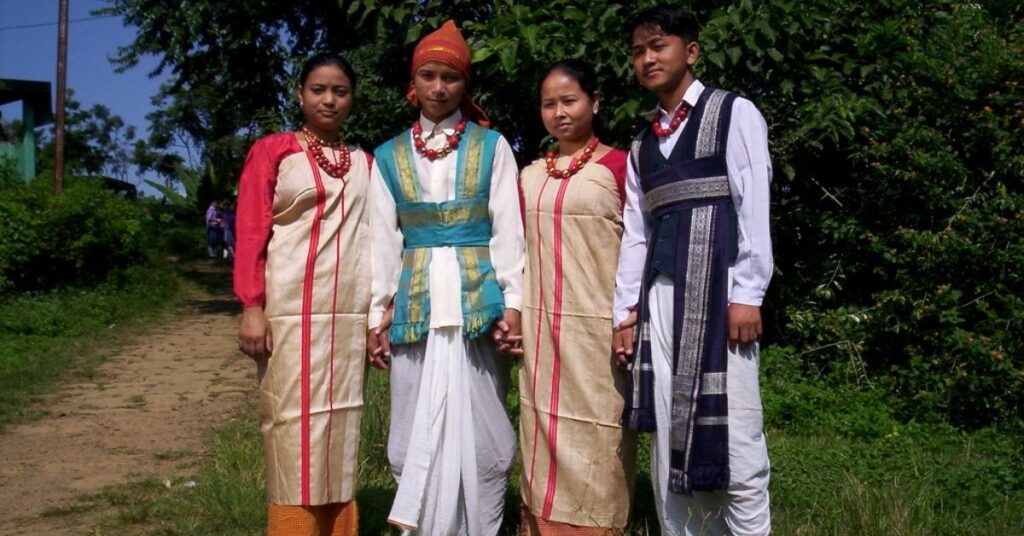
Ages ago, the Jaintia kingdom was a powerful kingdom of Assam that resided near the Jaintia Hills. Later the region became home to three different tribes – Pnars in the central area, Wars in the south, and Bhois in the north. Besides, all three of these tribes label themselves as the Jaintias. The community is in touch with its roots and still practices its own religion called Niamtre. Likewise, the Khasi tribe, they too follow a matrilineal tradition where the women and daughters are of utmost importance. Unlike most other communities in India, the Jaintia women bring home their husbands after the marriage. Isn’t that just amazing!
In fact, there are many such communities in India that are unique and have some distinctive cultural that we can adapt. So, the next time you are in one of these states, think beyond Northeast India tourism, think of it as a cultural expedition and explore at least one of the local communities if you can.
Also follow India Chalk on Instagram for more amazing travel content. You can share your travel story with us. Reach out to us on email at contact[at]ndiachalk[dot]com. This blog is curated by India Chalk and written by Sushmita Guria.






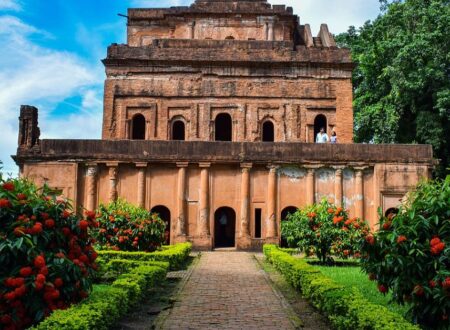
3 Comments